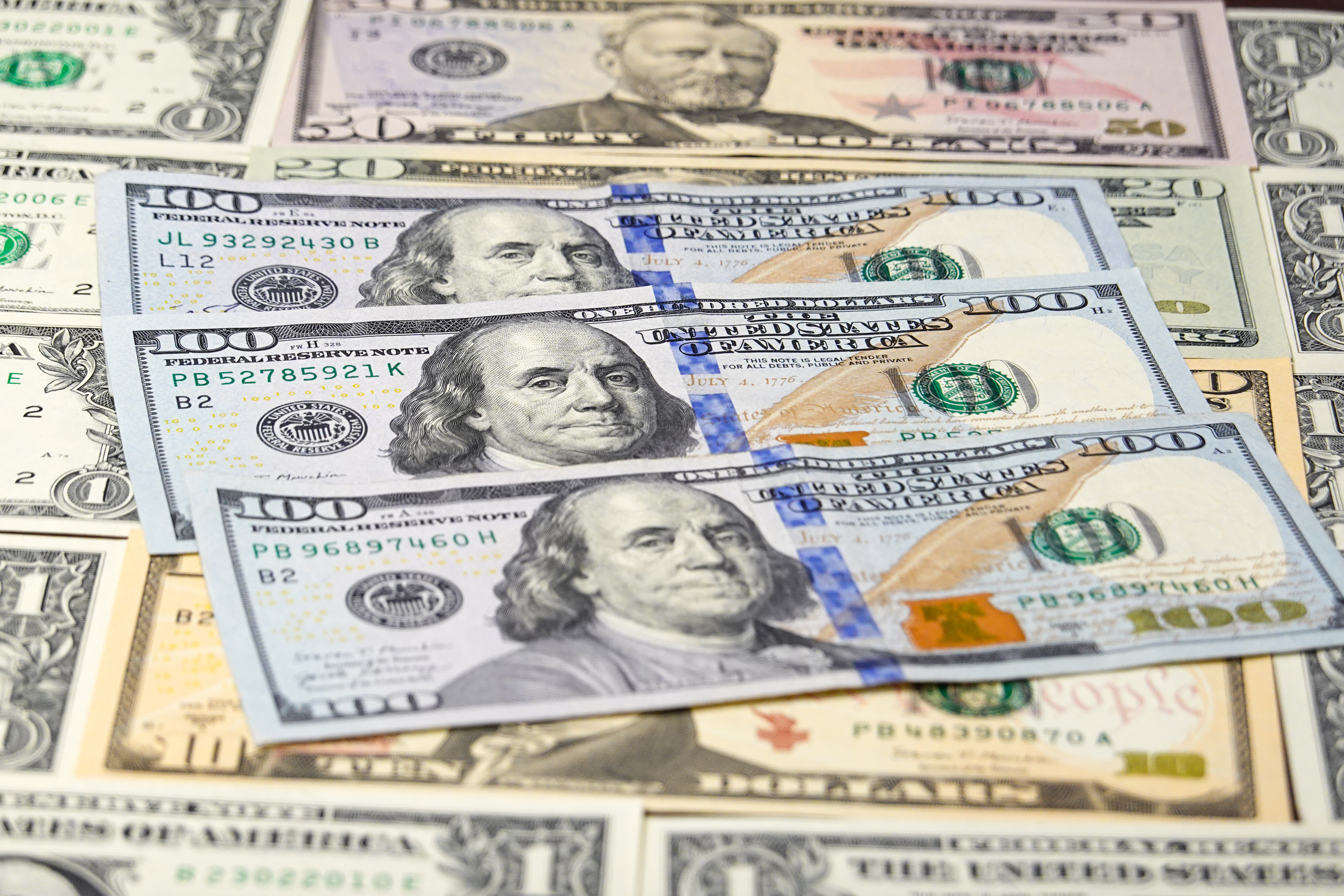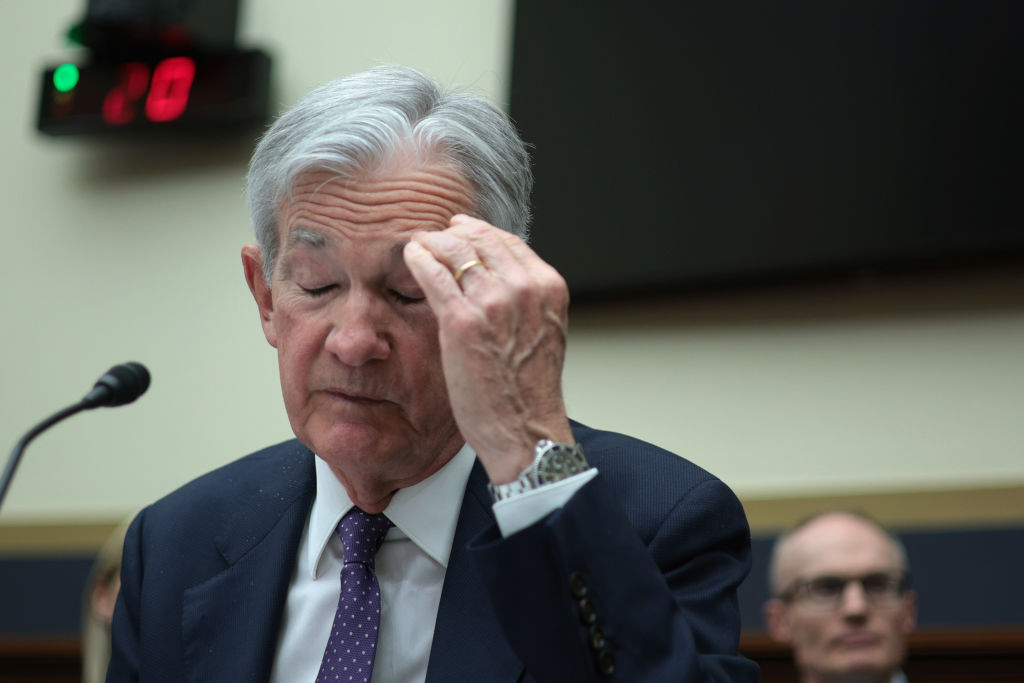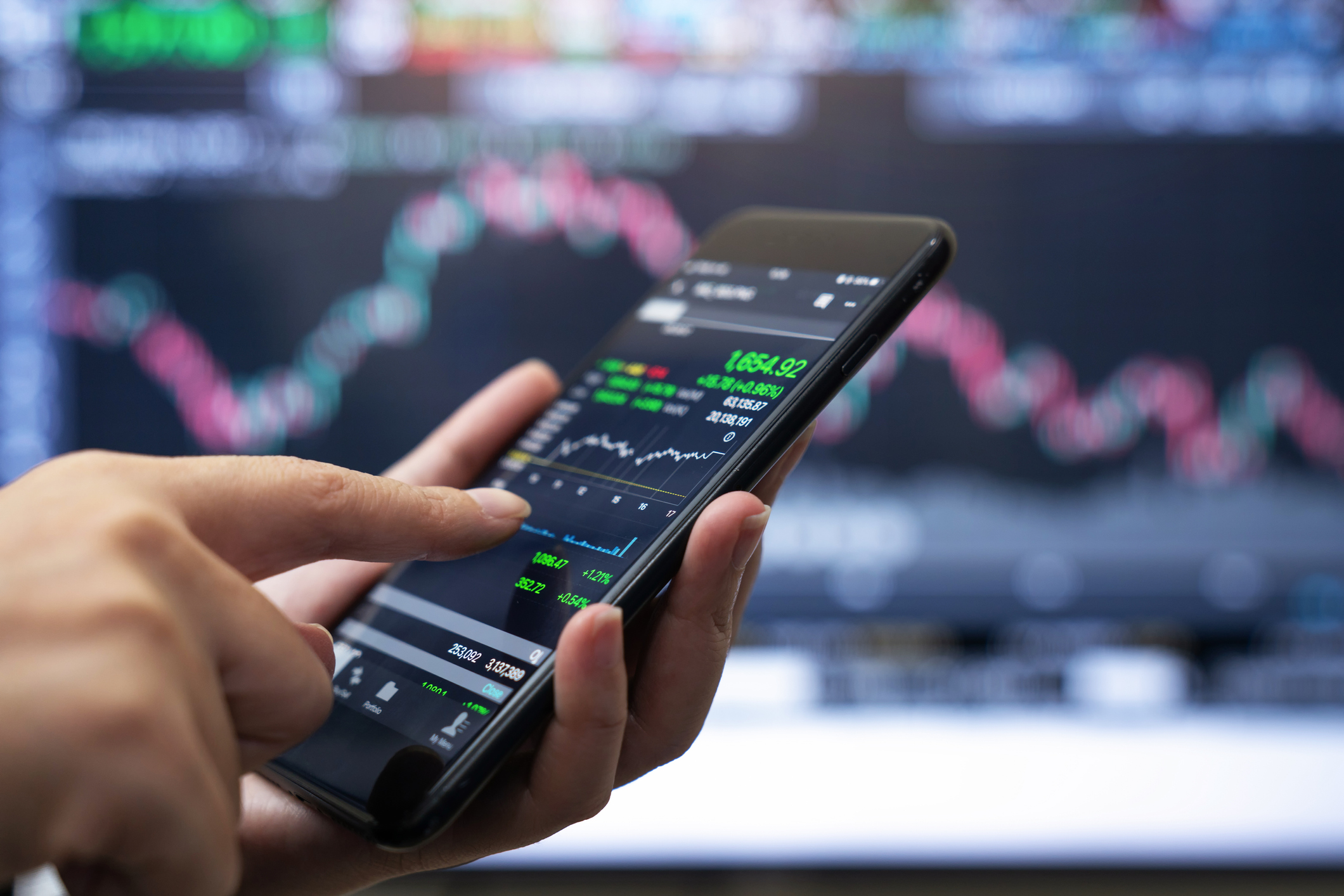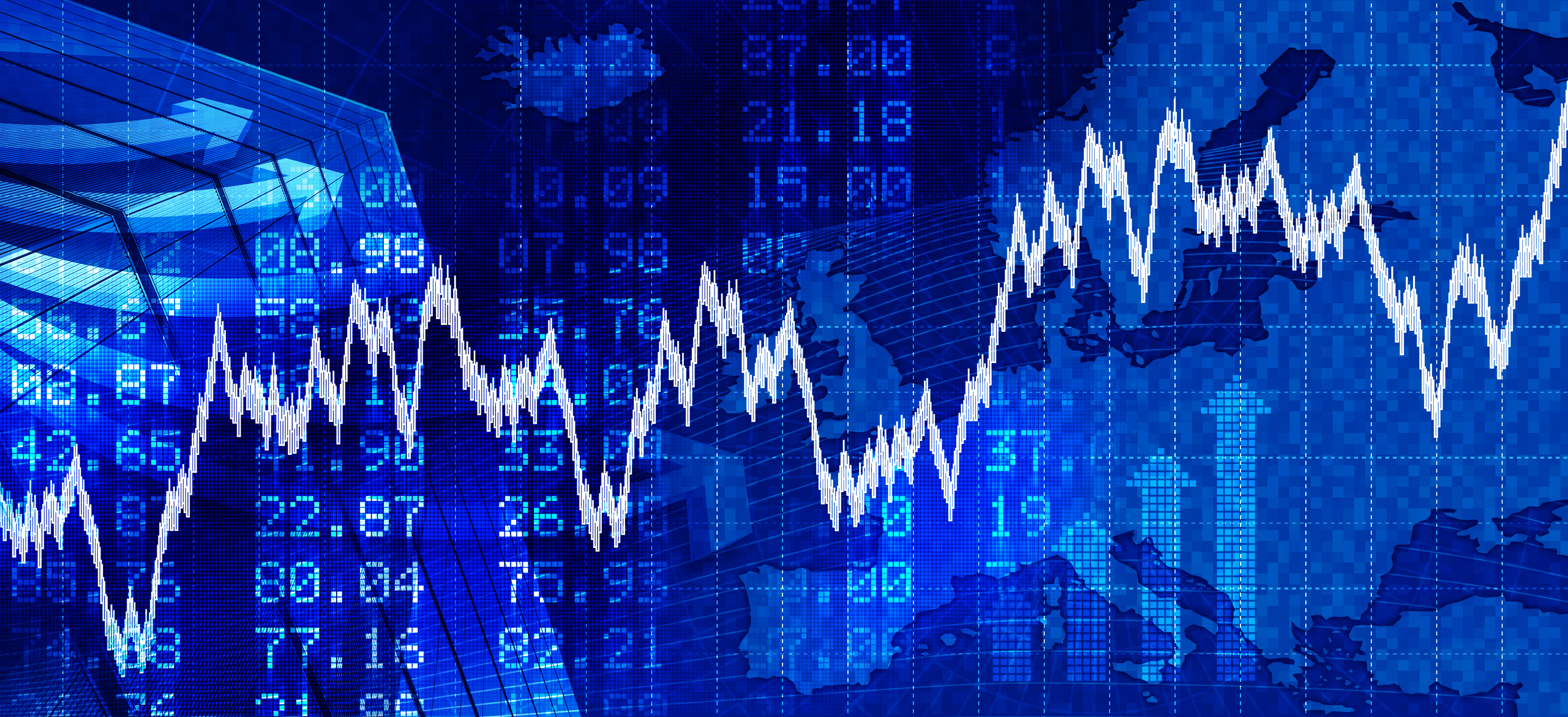Why the weak dollar means you should buy into gold
The IMF has warned that the dollar will have to fall by 35% in order to shrink the US budget deficit. Find out why you should buy gold now to protect your portfolio - and even make money out of dollar weakness.

Until Thursday's bomb alert, the pound had been riding at near 18-month highs against the dollar. The press is full of speculation as to whether the $2 mark will be breached any time soon.
Certainly, the fact that UK interest rates look set to rise further, while the Federal Reserve has currently put rates on pause, could mean the pound's position of strength will continue in the short term. Research by George Saravelos and Trevor Dinmore of Deutsche Bank suggests the dollar is more vulnerable to problems such as a weakening economy or an expanding trade deficit once interest rates have stopped rising.
This makes perfect sense after all, rising interest rates improve the return available to investors who buy into the dollar. If interest rates stop rising, investors are more likely to pay attention to the underlying condition of the US economy. And the trouble is that news from that direction is not pretty.
MoneyWeek
Subscribe to MoneyWeek today and get your first six magazine issues absolutely FREE

Sign up to Money Morning
Don't miss the latest investment and personal finances news, market analysis, plus money-saving tips with our free twice-daily newsletter
Don't miss the latest investment and personal finances news, market analysis, plus money-saving tips with our free twice-daily newsletter
Go for gold: US in debt
Just like its citizens, the US as a country is massively in debt. The current account deficit is standing at around 6% of economic growth, well above what most economists believe is sustainable.
Part of the reason that the dollar has managed to remain steady for so long is that central banks in Asia, such as Japan and China, have bought dollars to prevent their own currencies from appreciating.
This keeps their exports cheap, which means that US consumers keep buying their goods. In other words, Asian countries are lending Americans money, which Americans then use to buy goods back from Asian producers.
This is clearly unsustainable at some point the US will need to pay its creditors back. And neither Japan nor China are likely to be interested in propping up the US consumer for much longer.
Go for gold: consumer confidence crumbling
One problem is that the US consumer is now starting to falter under the pressure of rising energy prices and a shaky-looking housing market. US consumers have been spending more than they earn on a monthly basis - for more than a year now. But with future house price gains now looking in doubt, the funding for all that extra spending is under threat.
Consumption accounts for nearly 70% of US economic growth. So if the US consumer stops spending, the US economy will almost certainly go into a slump. And that will make US assets less attractive to overseas buyers.
Go for gold: Asian giants on the rise
On the other hand, Japan's economic revival is now in little doubt. As prices rise and consumers regain their confidence, the focus for economic growth will turn to domestic consumers rather than overseas ones.
As for China, it too is trying to push its economy from being one reliant on manufacturing and exports, to one driven by consumer spending. Again, this will involve allowing its currency to strengthen, which can only be bad news for the dollar.
The International Monetary Fund reckons the greenback will have to fall by at least 35% to shrink the US trade deficit in any meaningful way. With interest rates on hold, and the US economy looking increasingly weaker, that day may be closer than most investors realise.
But as for sterling remaining near $2 a pound, that may not last long either. With a similar-sized trade deficit in relation to our economy, and consumers struggling under a record debt burden, our own situation isn't so different to that of the US.
Go for gold: protect your portfolio
So where can investors go to protect their portfolios - and perhaps even make money out of currency weakness? Gold is the answer.
The price of gold has soared in recent years as record-breaking oil prices, fear of inflation and geopolitical uncertainty have made it attractive to investors who want to have some form of insurance for their portfolios. Gold is traditionally seen as a good store of wealth although it pays no interest or dividends, it tends to retain its value in the face of inflation.
And with central banks still printing out money like there's no tomorrow, the number of pounds and dollars in the world compared to the number of ounces of gold just keep rising which tends to push the price of gold up too.
Indeed, more and more central banks, including Russia's and China's have announced their intention to diversify away from dollars and increase their gold reserves.Canny investors should consider doing the same broadly speaking, experts recommend having about 10% exposure to gold in your portfolio.
First published on MSN Money 14/8/2006
Get the latest financial news, insights and expert analysis from our award-winning MoneyWeek team, to help you understand what really matters when it comes to your finances.
John Stepek is a senior reporter at Bloomberg News and a former editor of MoneyWeek magazine. He graduated from Strathclyde University with a degree in psychology in 1996 and has always been fascinated by the gap between the way the market works in theory and the way it works in practice, and by how our deep-rooted instincts work against our best interests as investors.
He started out in journalism by writing articles about the specific business challenges facing family firms. In 2003, he took a job on the finance desk of Teletext, where he spent two years covering the markets and breaking financial news.
His work has been published in Families in Business, Shares magazine, Spear's Magazine, The Sunday Times, and The Spectator among others. He has also appeared as an expert commentator on BBC Radio 4's Today programme, BBC Radio Scotland, Newsnight, Daily Politics and Bloomberg. His first book, on contrarian investing, The Sceptical Investor, was released in March 2019. You can follow John on Twitter at @john_stepek.
-
 The shape of yields to come
The shape of yields to comeCentral banks are likely to buy up short-term bonds to keep debt costs down for governments
-
 The sad decline of investment clubs – and what comes next
The sad decline of investment clubs – and what comes nextOpinion Financial regulation and rising costs are killing off investment clubs that once used to be an enjoyable hobby, says David Prosser
-
 The challenge with currency hedging
The challenge with currency hedgingA weaker dollar will make currency hedges more appealing, but volatile rates may complicate the results
-
 Can Donald Trump fire Jay Powell – and what do his threats mean for investors?
Can Donald Trump fire Jay Powell – and what do his threats mean for investors?Donald Trump has been vocal in his criticism of Jerome "Jay" Powell, chairman of the Federal Reserve. What do his threats to fire him mean for markets and investors?
-
 Freetrade’s new easy-access funds aim to beat top savings rates
Freetrade’s new easy-access funds aim to beat top savings ratesFreetrade has launched an easy-access exchange traded fund (ETF) range - here’s how the ETFs work and how they compare to the savings market
-
 Go for value stocks to insure your portfolio against shocks, says James Montier
Go for value stocks to insure your portfolio against shocks, says James MontierInterview James Montier, at investment management group GMO, discusses value stocks and slow-burn Minsky moments with MoneyWeek.
-
 Where do we go from here?
Where do we go from here?Features A new series of interviews from MoneyWeek
-
 As China reopens, why pick an income strategy?
As China reopens, why pick an income strategy?Advertisement Feature Yoojeong Oh, Investment Manager, abrdn Asian Income Fund Limited
-
 Income in the USA
Income in the USAAdvertisement Feature Fran Radano, manager on The North American Income Trust
-
 The challenge of turbulent markets
The challenge of turbulent marketsAdvertisement Feature Today, ISA investors face one of the most challenging economic environments seen in recent years. However, good companies can still thrive, even in the toughest economic conditions. That’s why BlackRock’s fund managers focus on these businesses when they’re looking for investment opportunities.
